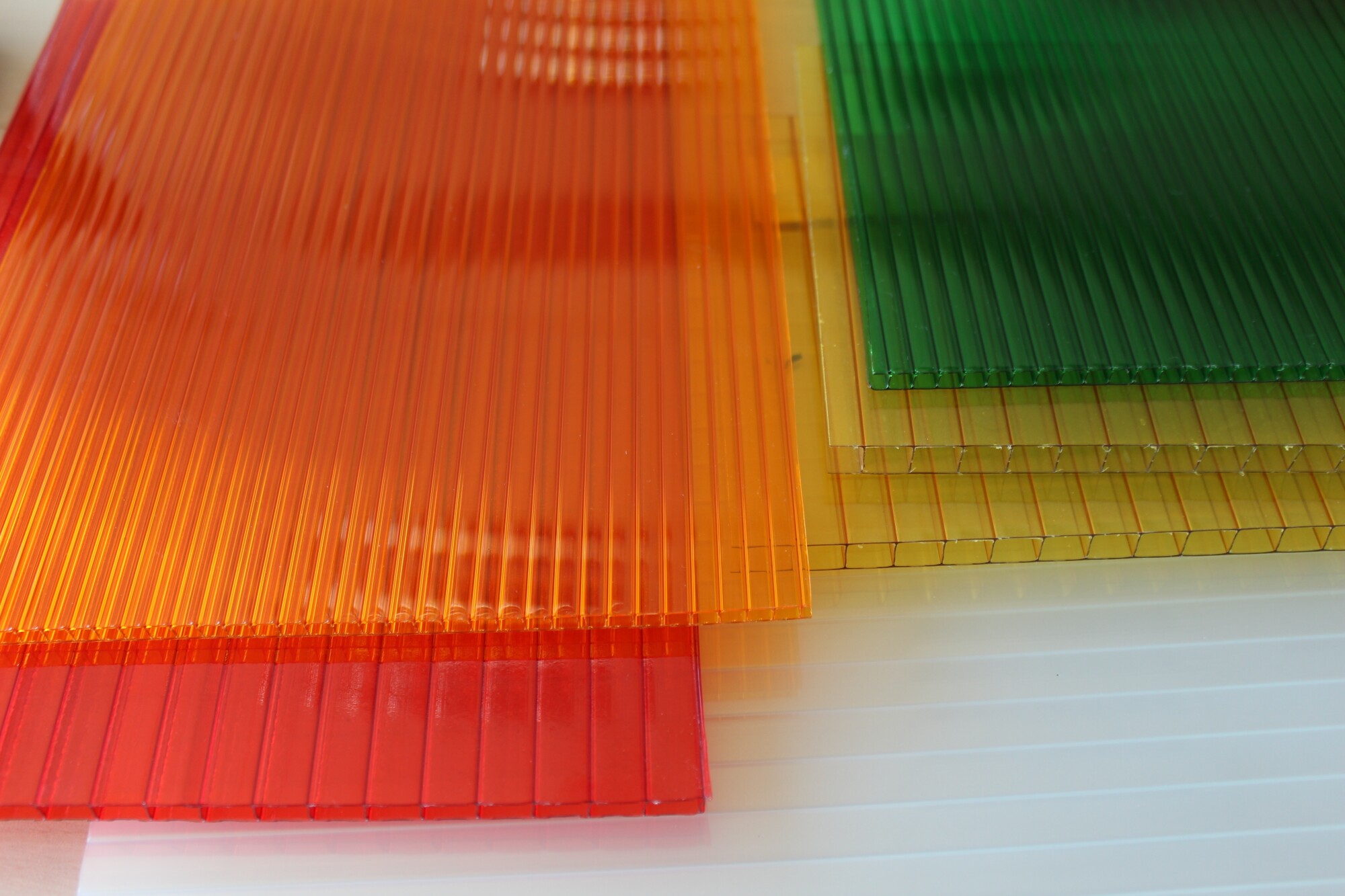
Are you curious about the different injection molding plastic types? There are over 85 different types of molding plastic materials. It can be pretty overwhelming to learn the differences and which materials are best for a project with so many different types.
But don’t get discouraged—this article is here to help you. Keep scrolling because we are giving you a guide to understanding the different injection molding plastic types.
How Plastic Injection Molding Works
When molten plastic injects into metal molds producing products or plastic parts, plastic injection molding is taking place.
Manufacturers, product designers, and entrepreneurs use this process for plastic parts or products that are precise and of high quality.
Plastic injection molding is used in the following industries
- Medical devices
- Automotive parts
- Beverage and food
- Aerospace
- Electronics
- Agriculture
- Household products
Plastic injection molding is vital to keep many manufacturers producing products as well as saving on production costs.
Injection Molding Plastic Types
While we aren’t going over the 85 different injection molding plastic types, we will discuss the most widely used types and how effective they are. Let’s take a look.
Acrylonitrile Butadiene Styrene (ABS)
Acrylonitrile Butadiene Styrene (ABS) is a popular lightweight material commonly used in injection plastic molding. Aside from ABS being light, it’s very durable, safe for food processing, and easy to paint and glue.
Nylon
Nylon is known for its unique electrical properties. It’s high tensile, has excellent compressive qualities, and is used in many components such as sports equipment, mechanical devices, and vehicle parts.
Polypropylene
Polypropylene is more flexible than all the other plastics we’ve talked about and has good chemical resistance. Since it’s chemical resistant, it’s typically used in the food and beverage industry.
Many cups, bowls, spoons, and containers consist of polypropylene. You’ll also see medical manufacturers use polypropylene for their medical devices.
Polyethylene
One of the most versatile plastics used in plastic injection molding is polyethylene. To clarify, this plastic is impact resistant, has low moisture absorption, and has high tensile strength.
Many aerospace and mechanical manufacture use polyethylene to produce their products.
Polycarbonates
Polycarbonates are transparent thermoplastics. Therefore, they have a high tolerance level for cracking or breaking.
Polycarbonates can withstand stress levels so much that it is the common element in producing bullet-proof glass. You’ll see polycarbonates used in eyewear lenses, mobile devices, and medical equipment.
Benefits of Plastic Injection Molding
With plastic injection molding, you’ll get the following:
- Consistent quality
- Low Cost
- Precise parts
- Low waste
- recyclability
- Quick mass production
And these are just a few benefits of using injection molding for your products.
Plastics Manufacturing You Can Count On
These injection molding plastic types have many benefits for manufacturers, especially in the automotive industry.
Nova Stevensville, commits to the highest quality of plastics manufacturing. So, if you have a project that needs precisely manufactured custom plastic parts or products, our team can help you.
Contact us today, and we’ll discuss how we can help and give you a comprehensive quote.
